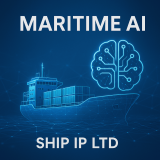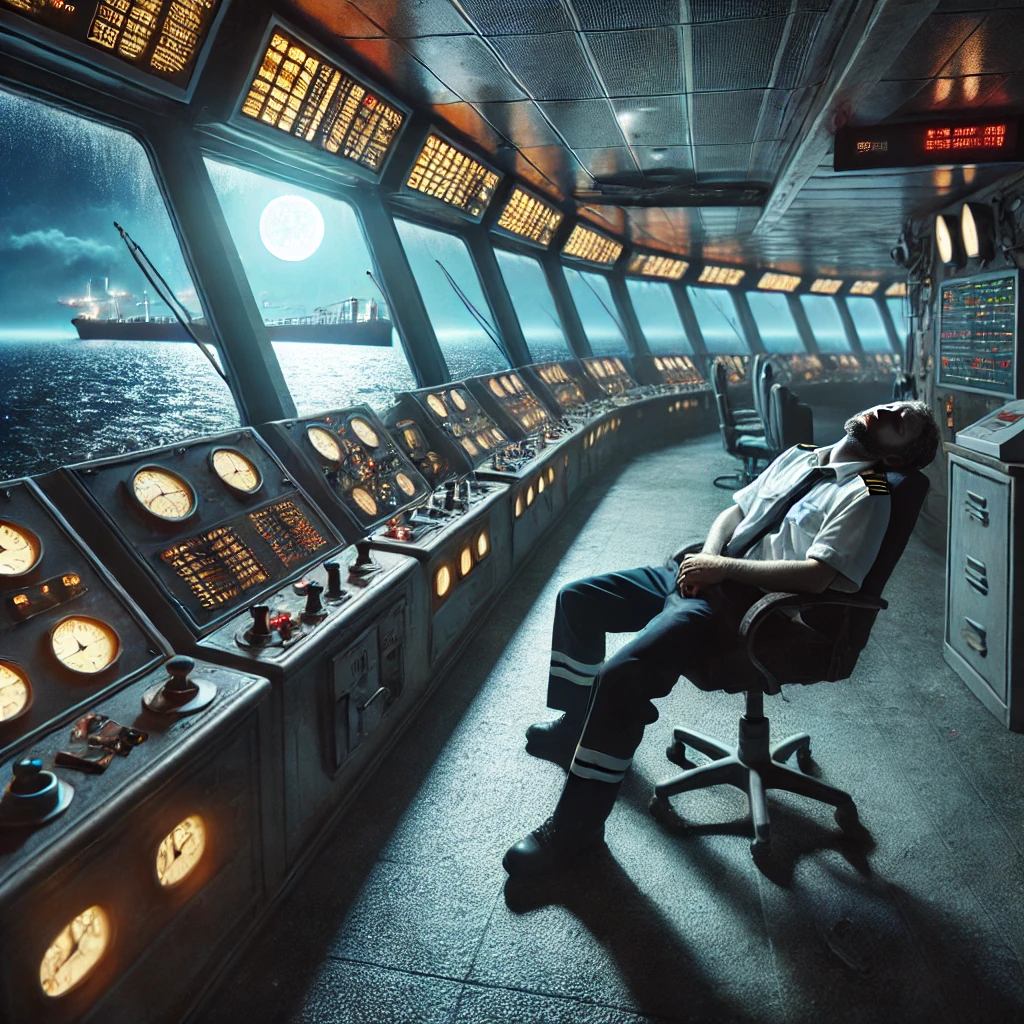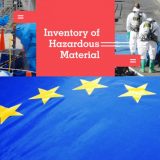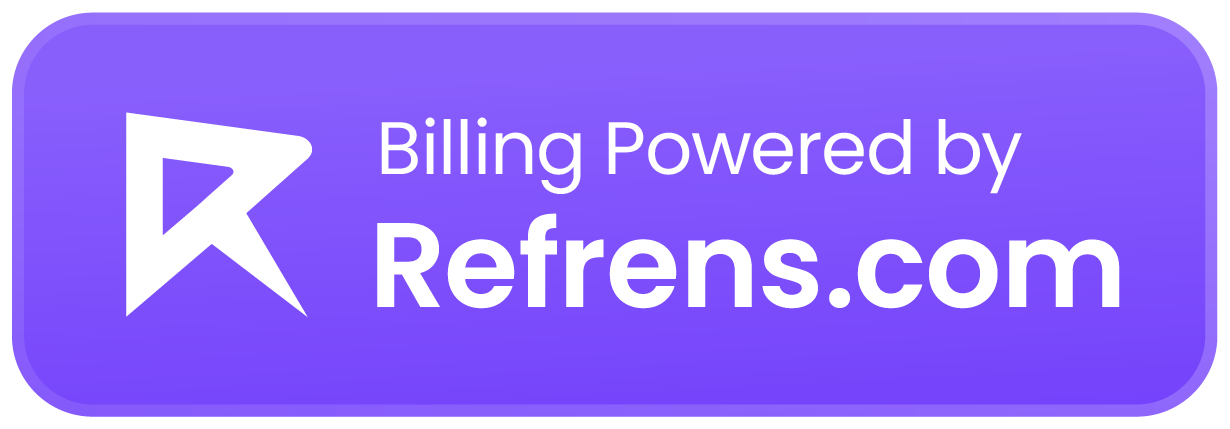Denmark-based software specialist BunkerMetric has joined the Veson Partner Network as an official Platform Partner. This strategic partnership will see BunkerMetric’s bunker procurement optimisation tool, BunkerPlanner, natively integrated with the maritime world’s leading commercial software platform, the Veson IMOS Platform (VIP), to empower mutual clients with the data-driven insights and connectivity they need to optimize their bunkering decisions.
The integration will help streamline and improve the complex, often fragmented workflows involved with bunker procurement planning, enabling more optimal bunker decisions that save time, money, and resources.
For those joint clients that choose to take advantage of the turnkey integration, relevant voyage itinerary and activity reporting data from VIP can be imported directly into BunkerPlanner, which can then perform analyses within the context of a voyage’s commercial, regulatory, and operational obligations to help improve voyage yields through bunker optimisation. BunkerPlanner does this by combining data such as charterparty agreements, vessel specifics, positions, routes, ETA, tank capacity, bunker prices, port details, and sailing distances to make recommendations for the optimal fuel quantity, ideal ports, dates, and type of fuel to lift at each location.
Direct and secure integration between BunkerPlanner and VIP saves teams time spent coordinating voyage decisions between Chartering, Operations, and Bunker Procurement, helping teams work together more efficiently and prevent costly errors and misunderstandings.
Further, the integration helps provide greater transparency into the environmental impact of bunkering decisions so that organizations can stay up to date with reporting requirements that evolving regulations require. An embedded Carbon Intensity Indicator (CII) calculator within BunkerPlanner helps operators understand consumption effects to not only increase voyage profitability, but also cut down on emissions and improve the fleet’s performance.
Kris Kosmala, Chief Commercial Officer, BunkerMetric, said, “We are very pleased to collaborate with Veson as a Platform Partner. BunkerPlanner and VIP can together streamline workflows and uncover impactful new efficiencies and cost savings for mutual clients. Our use cases indicate that by optimizing the fuel procurement process, the potential operational savings for an organization can reach tens of thousands of dollars per voyage.”
With the ability to integrate commercial voyage plans in VIP with optimal bunkering plans generated by BunkerPlanner, clients can gain greater control over the proactive management of the largest cost component of every voyage: bunkers. Graham Piasecki, Director of Commercial Strategy, Veson Nautical, said: “In an increasingly competitive market landscape, organisations need advanced planning optimization tools that integrate bunker-related information from within the company commercially operating the vessel as well as with external data sources. By working together with BunkerMetric on bunker optimisation, we can put powerful tools into the hands of our clients that provide new transparency and insights into such a significantly strategic component of every voyage.”









